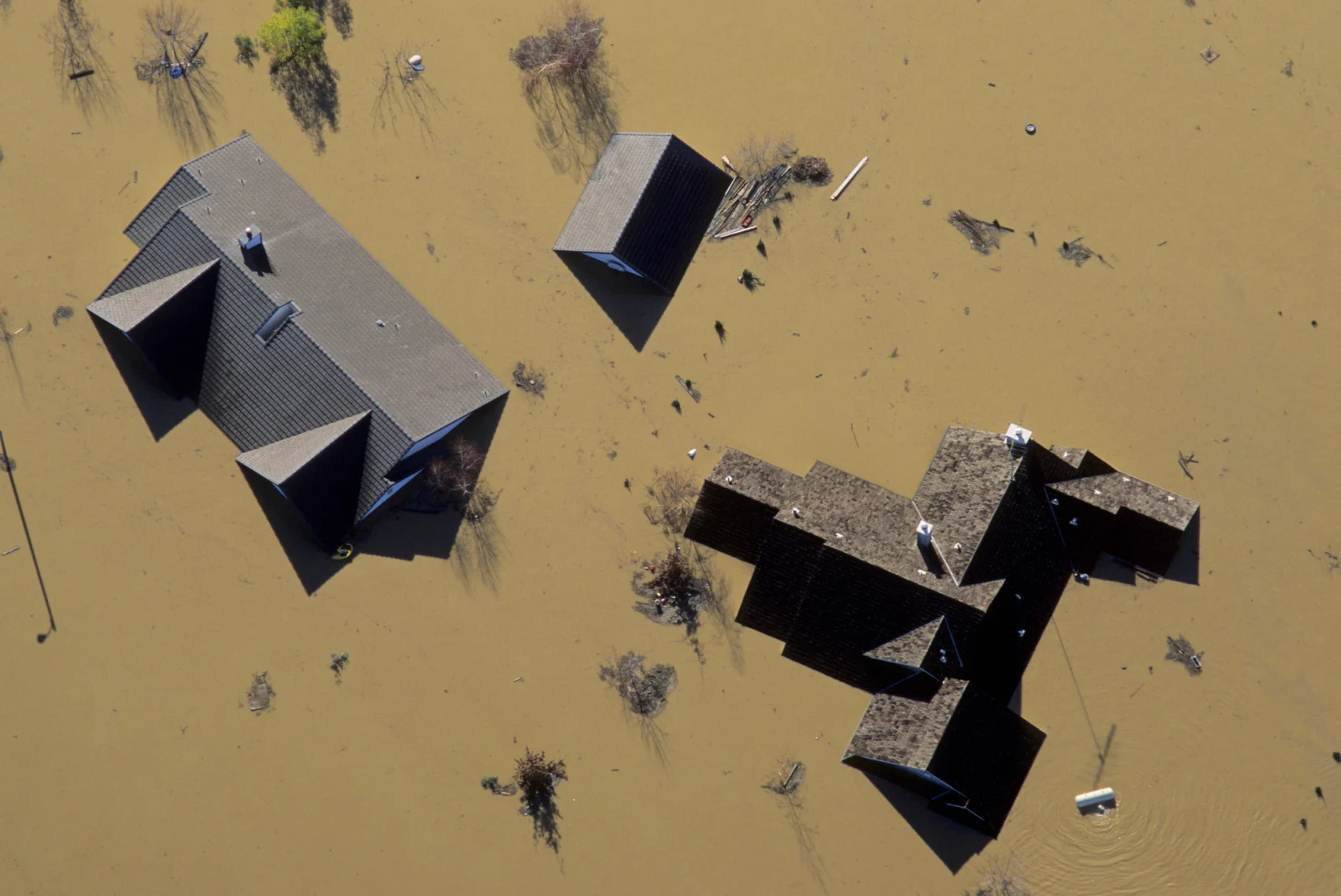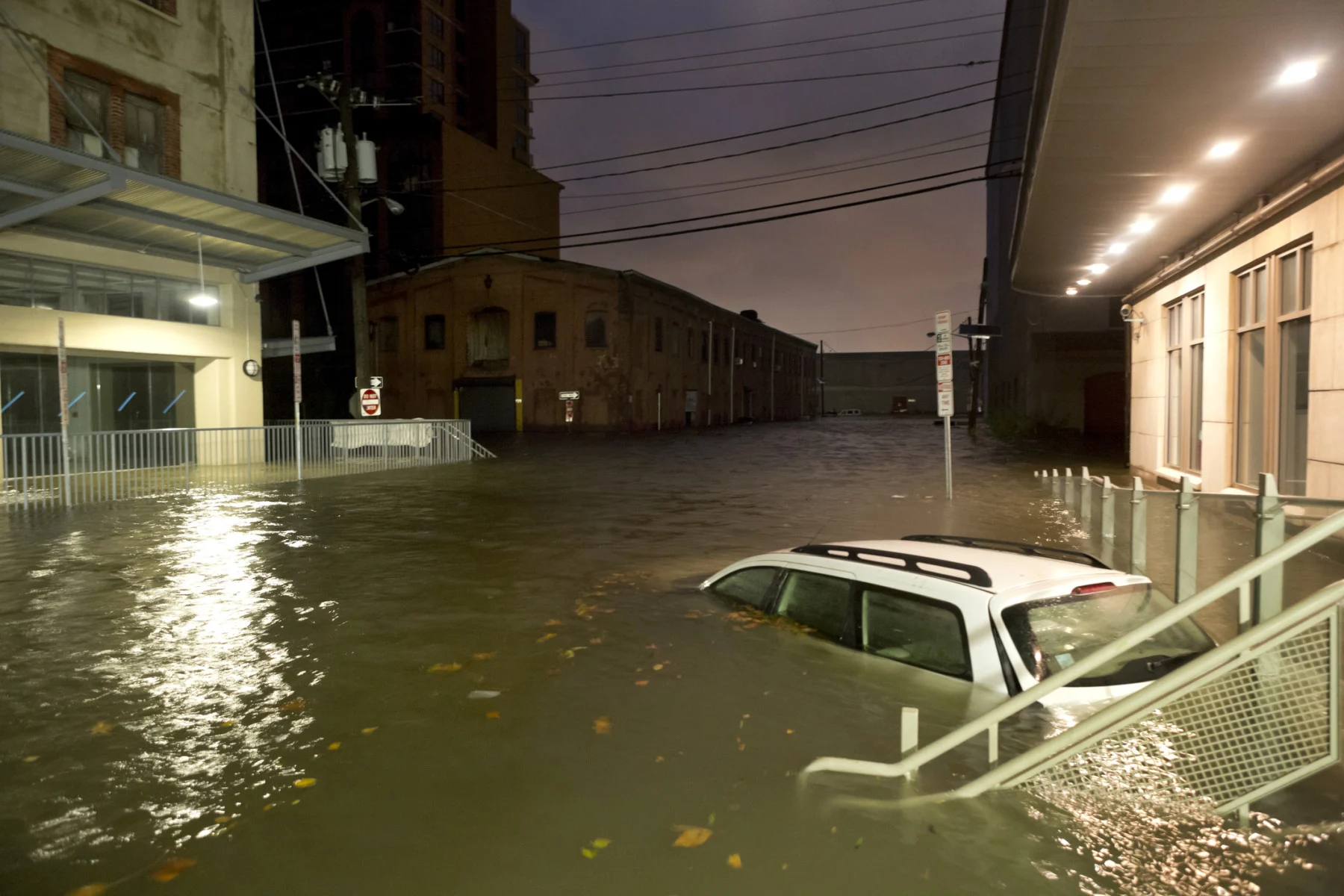
Thousands of studies show inadequate human adaptation to climate change
The vast majority of adaptations are carried out by individuals, not governments or private firms, the analysis found.
New analysis released this past week has revealed that adaptations to deal with the ongoing effects of climate change remain severely lacking.
A synthesis of thousands of studies that involved 126 researchers from across the globe, this research represents a “systematic and comprehensive global stocktake” of the adaptation humans have implemented to address the climate crisis.
The findings demonstrate that responses to this point have been “fragmented” and “incremental.”
The analysis, published in Nature Climate Change, determined the regions with the most reported responses—Asia and Africa—and the context in which adaptations were made. Almost two thirds of articles concerned adaptations made in the context of food and agriculture; health was the main focus of adaptations in Oceania, and urban adaptation in Europe.
Though such localized adaptation has its advantages and is to some extent inevitable, it also has its drawbacks.
“Fragmentation makes it difficult for affected individuals to connect their action—sometimes their personal sacrifices—to larger narratives of climate emergency,” Dr. Kate Sherren, Professor of Resource and Environmental Studies at Dalhousie University, told The Weather Network.
“They can feel singled out for change, like the losers in some political deal-making, rather than pride in being connected to one another through tackling a larger project,” Sherren said.
“This is particularly rough when there are clear inequities in who and what is being defended,” Sherren added.

Flooding in Jersey City, New Jersey after hurricane-related storm surge. (Byba Sepit/ DigitalVision/ Getty Images)
Many of the adaptations were motivated by specific hazards such as drought, flooding, and precipitation variability—the hazards of highest concern in North American adaptations. The analysis also examined the level at which the adaptations took place, from individual responses to those by multinational institutions.
Notably, the analysis found that the vast majority of responses are “at the local level, and by households or individuals in particular”—raising questions about the extent of contributions made at the government level and in the private sector.
“Local adaptation being done in a grassroots or participatory way may be more empowering than a top-down action,” said Sherren. “However, if adjacent jurisdictions are not part of the process, the chances are that the actions taken will not aggregate as usefully in physical terms, and could simply displace risk.”
The types of adaptations studied in the articles include behavioural, technical, and institutional. Behavioural changes constitute individuals “making changes to their homes and land to protect them from floods, fires and heat; relocating or migrating; or adopting crops and livestock that are adapted to drought, pests, and encroaching salinity.”
Technical approaches were found to largely address droughts and flooding; institutional adaptations take on the function of policies, regulations, and social or financial support.
Perhaps the most compelling question raised by the analysis is how far these adaptations go toward mitigating risk. The answer remains incomplete. Only 30 studies of the thousands analyzed determined evidence of risk reduction.
What is certain, according to the analysis, is that these adaptations remain incremental rather than transformational. The authors stated that “the depth of responses is low...as they involve minor adjustments to business as usual rather than transformation, and short-term responses to extreme weather events more than long-term proactive change.”
“A broader cultural change is needed that integrates more informed risk perception with personal responsibility and fellow feeling,” said Sherren.
The analysis does offer a path forward, denoting key priorities for adaptation research, such as enhancing knowledge of adaptation limits; understanding private sector responses; and including missing places, scholars, and scholarship.
With COP26 underway this week, focus will shift to the conference’s “Action of Adaptation” platform, which includes planning, finance, and protecting and restoring ecosystems. A coalition of several countries and the UN Development Program has also been developed to catalyze adaptation, and serves as a template for global stakeholders as the conference kicks off.
“Given our lack of action on carbon emissions, adaptation will clearly have to be central to our collective future in the face of the climate emergency,” said Sherren. “We managed to do something like this in relation to COVID. The options with COVID, as well as climate change, were [to have] a small precautionary change now or large unplanned change later.”
“‘No change’ wasn’t one of them,” Sherren added.
Thumbnail credit: Philip Wallick/ The Image Bank/ Getty Images






